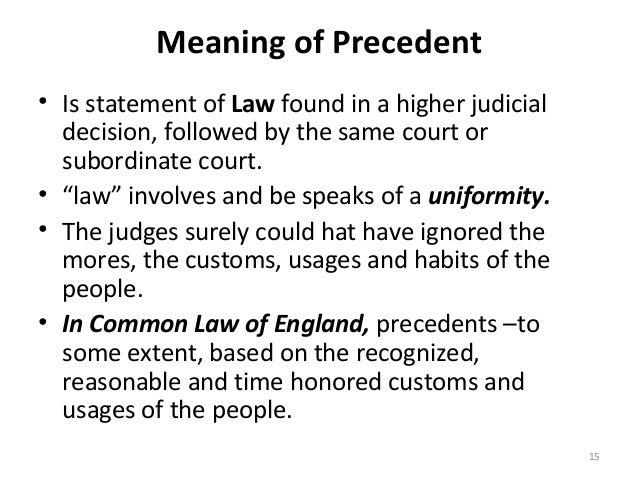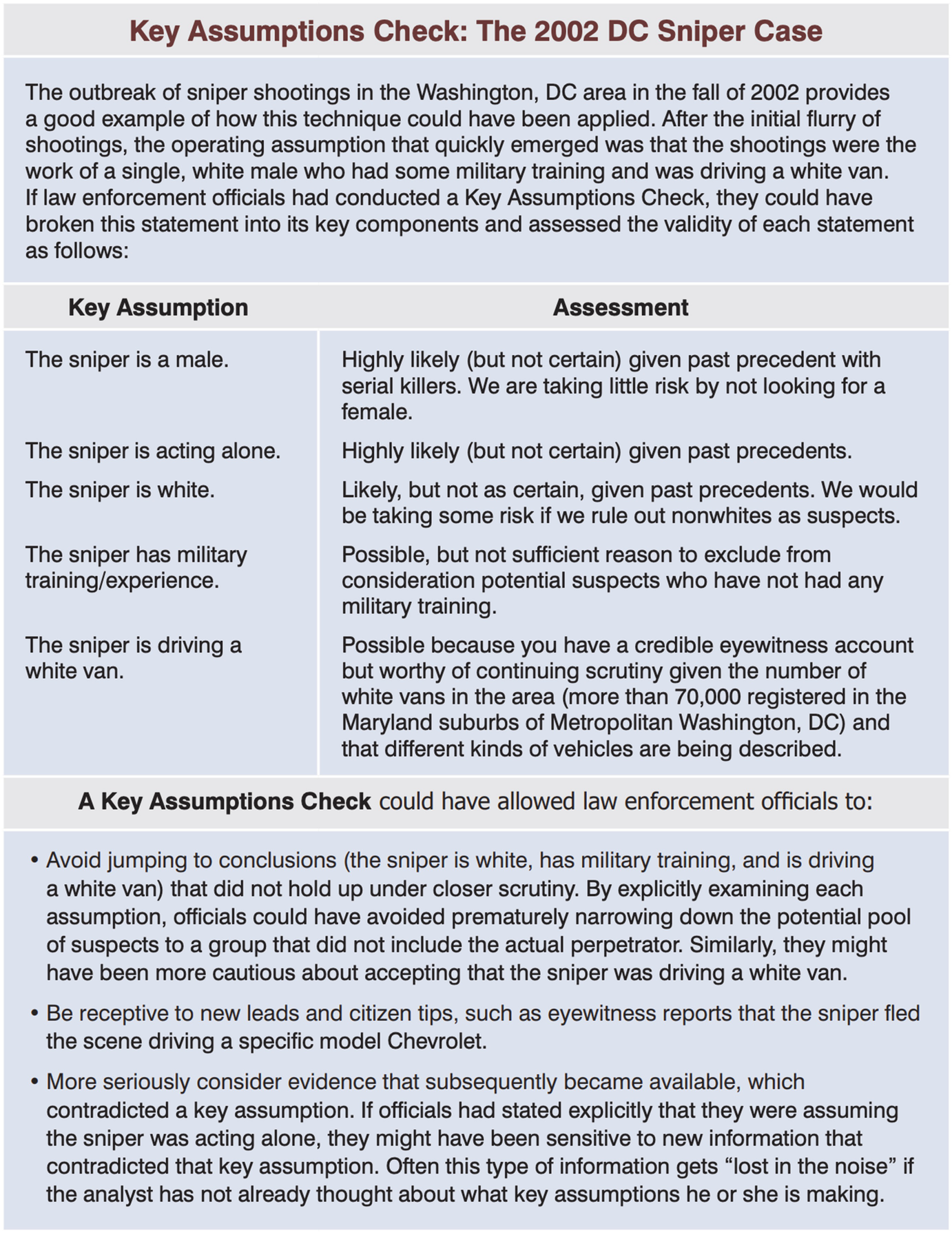The Tools And Techniques Of Judicial Creativity And Precedent
- The Tools And Techniques Of Judicial Creativity And Precedent Differences
- The Tools And Techniques Of Judicial Creativity And Precedent Decision
- The Tools And Techniques Of Judicial Creativity And Precedent Definition
- The Tools And Techniques Of Judicial Creativity And Precedent In India
EasyWorship began as a software solution for churches to amplify the worship experience from the sound booth to the stage. From bringing you the best church presentation software, worship media and customer support we can offer, we purpose to do everything with excellence and bring glory to God. Apr 25, 2016 - Ahmad Khan V. Shah Bano Begum AIR 1985 SC 945) is an example of the tools and techniques of judicial creativity and precedent, in which it. 1.2 Judicial process and creativity in law common law model Legal Reasoning and growth of law change and stability. 1.3 The tools and techniques of judicial creativity and precedent. 54 “Judicial Activism And Creativity Of The Supreme.
Within England, Parliament is the sole law making body. It is sovereign. The question then, as to whether judges should make the law is inevitably deep and extensive. According to William Blackstone's declaration theory, judges no not create the law, they merely discover and declare the law as its always been. To quote Blackstone himself, 'it has always been an established rule to abide by former precedent where the same points come again in litigation a well as to keep the scale of justice even and steady and not liable to waver with every new judges opinion.
' This traditional view has been adopted by many judges who, on the grounds of policy, do not believed that they, an unelected body, should be the creators of law. Lord Salmon in R v Abbott is quoted having said 'Judges have no power to create new criminal offences, nor in their Lordships' opinion, for the reason already stated, have they the power to invent a new defence to murder'. Lord Slynn argued, in the case of Brown, that law making in sensitive areas of public policy should be left to Parliament. However, as the R v R case illustrates this is not always reflected in reality.
In this case the contemporary factors to consider were that men and women are now viewed as equal in partnership within a marriage. Therefore, it cannot be accepted that a man should dictate to his lawfully married wife, when they should have intercourse. The right of a woman's autonomy over her own body was weighed against the principle of stare decisis that had stood for more than two hundred years. Lord Chief Justice Cane stated 'this is not the creation of a new offence, it is the removal of a common law fiction which has become anachronistic and offensive and we consider that it is our duty having reached that conclusion to act upon it'.
The House of Lords held that a husband no longer had the right to enforce rights to sex and that therefore, the change in this area of law was necessary. Additionally, judges can also exercise judicial creativity by expanding or developing already existing law. For example, in Ireland the offence of assault was held to include mental harm and more recently there has been a ruling in the case of Dica 2005 that the purposeful transfer of HIV constitutes GBH. Judges can be legally creative through numerous ways, including the use of Statutory Interpretation and Precedent.
The system of precedent is based on the Latin maxim 'stare decisis et non quieta movere' which mean to stand by previous decisions and not to unsettle the established. This then translates into the simple principle that when a ruling is made in relation to particular case, if the facts of a later cases are similar, the principle of the previous case should again be used. The reasoning for the doctrine of precedent is to ensure uniformity, consistency and certainty thus guarantying justice for all and there are three types, original, binding and persuasive.
In order for precedent to be exercised correctly the hierarchy of the English courts must also be taken into consideration. It is the lower courts who must follow the decisions made by a higher court within the system. The House of Lords, the highest of the courts within the U. K (only bound by the European Court of Justice), previously regarded itself bound by its own previous decisions and rulings, as established in London Tramways v London County Council. However under the 1966 Practice Statement, the House of Lords can now depart from its previous decisions where it appears 'right to do so'.
'Their Lordships recognises that the rigid adherence to precedent may lead to injustice in particular cases and also unduly restrict the proper development of law'. The first time the House of Lords departed from a precedent set by their own court was in the Herrington case when the Addie v Dumbreck decision was overruled. The House of Lords held that the social and physical conditions had changed therefore the law should change also. This then signifies that although the law may appear rigid at first, there will always be opportunity for development and change, if it is felt right to do so.
The Tools And Techniques Of Judicial Creativity And Precedent Differences
The Court of Appeal is also bound by its own previous decisions, however there are three exceptions, set out in Young v Bristol Aeroplane, where the court can depart from a previous decision. One of which is if a previous decision was made per incuriam (carelessly or by mistake) i. e. R v Taylor. The Court of Appeal will then no longer bound by precedent. This is again reinforces that fact that mistakes do sometimes and occur and in order for the problem to be rectified, judges must be allowed to express a certain amount of creativity.
Distinguishing also allows for flexibility within the rules of precedent as it is a method used by judges to avoid following what would otherwise be a binding precedent. For this to be done, a judge will point out some difference in the facts between the previous precedent and the present case that he is trying (he draws a distinction between the two cases). As a result of this, he can say that he need not follow the previous decision because it was based on a different set of facts. For example, the case of Wilson was later distinguished from the likes of Brown in relation to rules of consent on the grounds of public policy.
This will allow for creativity as it enables unique judgements to be formed on the facts of the case that are evident. Judicial creativity can also be seen in Statutory Interpretation. In the English legal system Parliament is sovereign, which means that laws made by Parliament must be obeyed. In order for judges to apply the law, they must interpret it. A series of approaches have been developed to aid judges in the interpretation of statutes. They are known as the literal, golden and mischief approach. Some judges prefer one rule to another and other judges choose whichever approach suits their needs at the time.
Related Posts:
The Lexis support site delivers troubleshooting tips, user guides, how-to videos, and answers to common questions. It’s also a great place to keep up to date on new enhancements. And if there’s a resource you need but can’t find, no problem!
Contact us for personalized assistance at
1-800-543-6862.
Download and share these helpful Lexis guides. Ranging user benefits to handy hints, step-by-step instructions on how to complete common research tasks

Lexis Overview


Take a tour of Lexis features in this overview video.
Click here to view the full Show Me How video library.
You have many search options on Lexis. Just watch …
Starting your Search on Lexis

The Tools And Techniques Of Judicial Creativity And Precedent Decision
You have many search options on Lexis. Just watch …
The Tools And Techniques Of Judicial Creativity And Precedent Definition
Explore Content on Lexis
Discover how you can quickly find the best sources to search with the Explore Content feature on Lexis.
Document Delivery on Lexis
The Tools And Techniques Of Judicial Creativity And Precedent In India
Learn more on how you can share or deliver your best search results on Lexis.
Leveraging Favorites on Lexis®
Create shortcuts to your favorite search sources, filters and more. See how …
Basics of Alerts
Get updates on your topics of interest by setting up Alerts on Lexis.
Introduction to Search Term Maps
Assess case relevance with unprecedented speed with color-coded search terms. See Search Term Maps …
Using the Advanced Search Feature on Lexis
Let Lexis build a powerful search for you with fill-in-the-blank Advanced Search forms. Watch …
